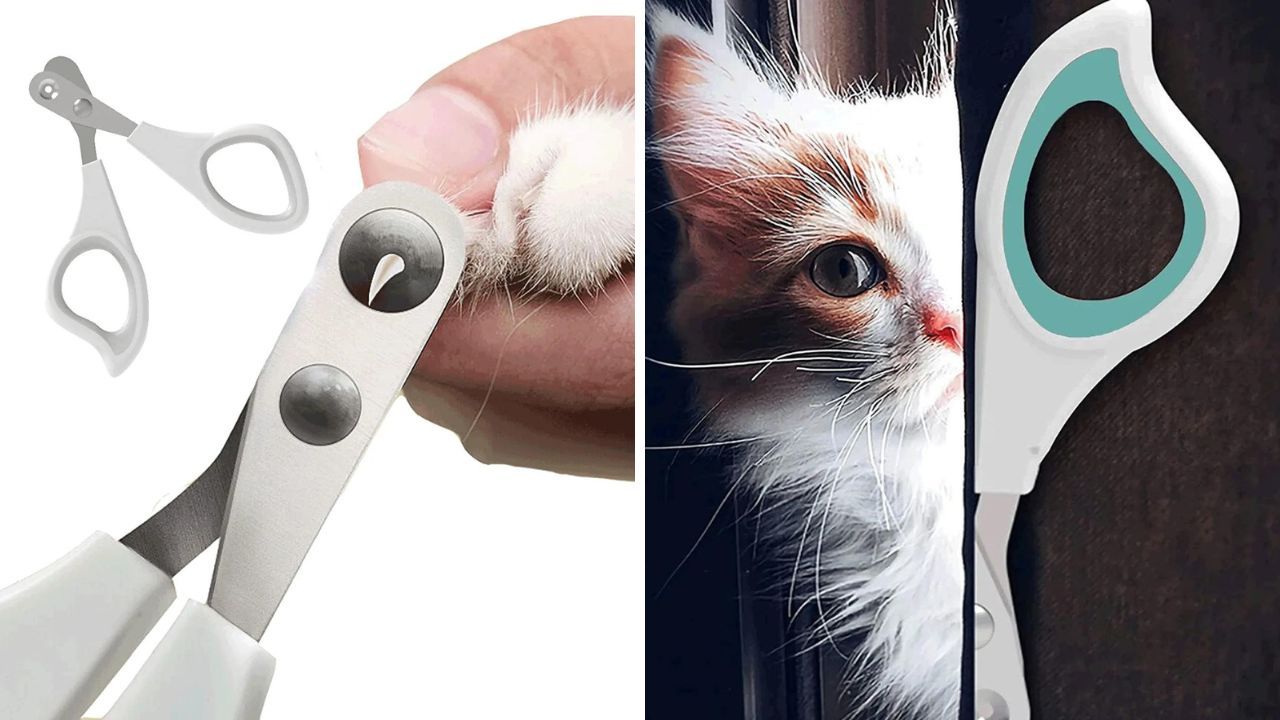Things You Didn't Know About Cat Declawing — and It Ain't Pretty
You may not want to declaw your cat after you read how it is done!

Declawing cats, or onychectomy, is a procedure that involves amputating the last joint of a cat's toes on its front paws. This prevents cats from being able to extend their claws and keeps them from causing damage with their scratching. It can be done for medical or behavioral reasons. If you’re considering declawing your cat, it’s important to understand the procedure and any potential risks associated with it.
The Procedure
The most common method of declawing a cat is to amputate the last bone in each toe using a scalpel, laser, or guillotine clipper. (The procedure would be similar to cutting off your fingers at the last knuckle). It is usually an inpatient procedure that is performed under general anesthesia. The surgery takes approximately thirty minutes and your veterinarian should be giving your cat pain medication to help with their recovery period.
Recovery After Declawing
After surgery, your cat may not be able to move like they did before (run, jump, walk) until about ten days later when the limping should improve. A younger cat or kitten may heal faster from being declawed compared to an older cat. Cats typically take 2-6 weeks to fully recover after being declawed. Depending on your veterinarian’s recommendations, you may also need to give your pet antibiotics or other forms of medication during recovery as well as regularly apply special ointment or bandages over each paw as needed.
Risks Associated With Declawing
As with any surgical procedure, there are risks associated with declawing cats. These include infection at the incision site, nerve damage, bleeding due to blood clotting issues, and more rarely lameness due to pain in the removed joint area. There can also be behavioral changes post-operatively as well such as increased aggression towards humans or other animals in response to decreased mobility or discomfort from inflammation/scarring at the amputation sites.
Who Should Declaw A Cat?
Declawing cats should always be done by a qualified veterinary professional who understands any potential risks involved in this type of procedure. As a pet owner it is important for you to understand the issue at hand so that you can make an informed decision as to whether declawing your cat is actually necessary.
Alternatives To Declawing Your Cat
There are alternative solutions available if you want your cat to maintain its claws without damaging your furniture or other household items. You can trim your cat’s nails on a regular basis; provide your cat with Feliway; or get nail caps. You can also train your cat and show them where to scratch like on a scratching post since scratching is a natural cat behavior.
We have also reviewed some products on Amazon that can also be alternative solutions to help your cat with their scratching and clawing. Click the button below to see what products that we have for you and your loved one!

